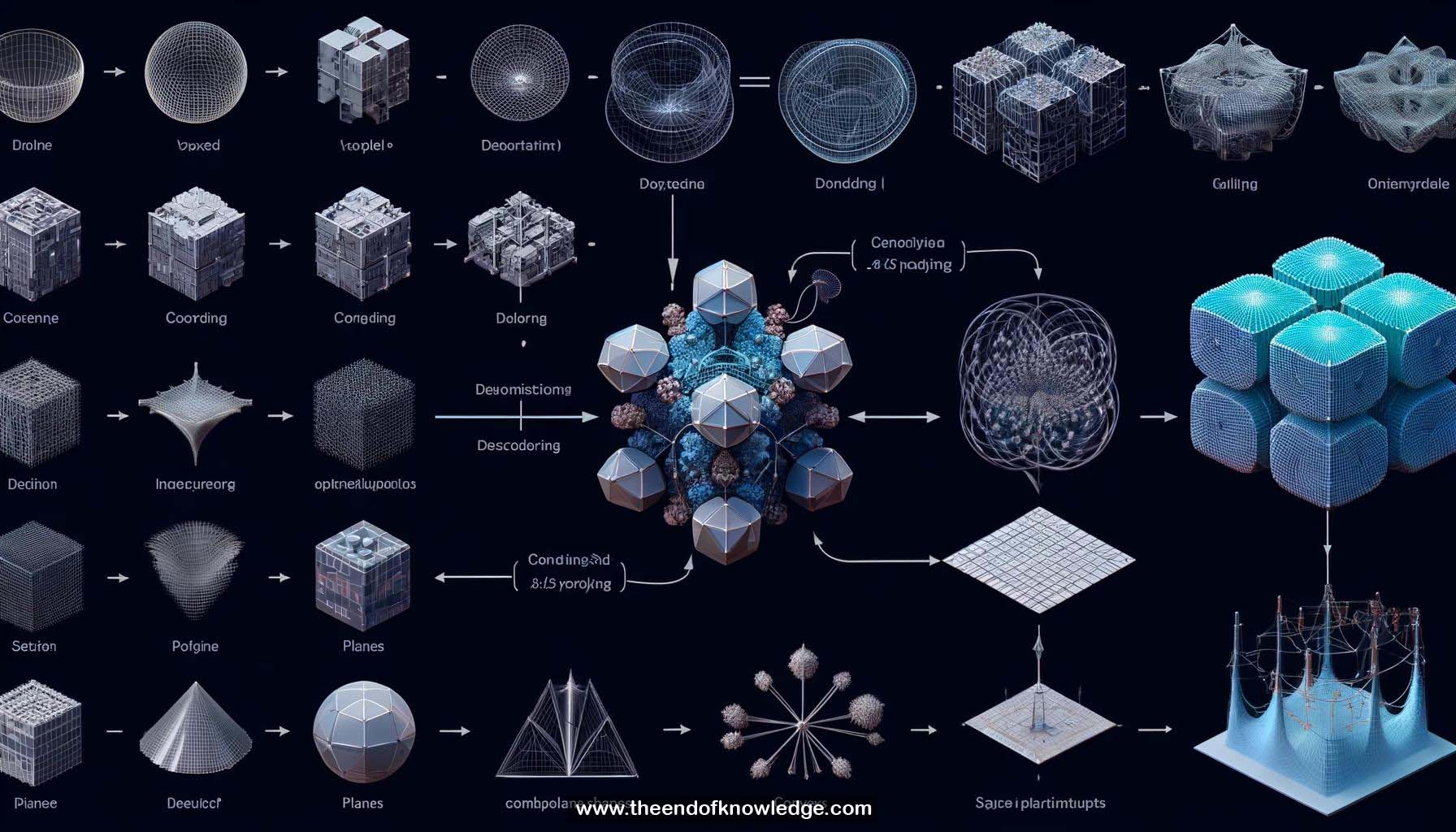 >
>
Concept Graph & Resume using Claude 3 Opus | Chat GPT4o | Llama 3:
Resume:
1.- BSPNet: generates compact, low-poly, watertight meshes using binary space partitioning.
2.- Existing methods: warp template meshes or use implicit functions, resulting in non-compact meshes.
3.- Implicit methods: require marching cubes, producing meshes with too many polygons.
4.- BSPNet advantages: compact output meshes with few primitives, reproducing sharp details and approximating curved boundaries.
5.- Key idea: derived from binary space partitioning trees using oriented planes and connections.
6.- Process: compute intersections within groups to obtain convex shapes, then union them.
7.- Network design: each component represents a part of the BSP tree.
8.- Input: voxel model or image, encoded to get feature code.
9.- MLP: maps feature code to plane parameters (leaf nodes in BSP tree).
10.- Training: sample points in space, calculate sign distances.
11.- Connections: represented by a trainable binary matrix.
12.- Output shape: obtained by weighted sum or mean pooling of convex shapes.
13.- Training process: two-stage approach with reconstruction loss and tree-structuring losses.
14.- Stage 1: train network with continuous weights, change connections.
15.- Stage 2: binarize connection weights, replace weighted sum with mean pooling.
16.- 2D toy experiment: network reconstructs images as combinations of convex parts.
17.- Shape segmentations and correspondences: found at the convex level.
18.- Comparison: better reconstruction quality and segmentation results than other decomposition methods.
19.- 3D case: manual grouping of convexes into semantic parts, visualizing correspondences.
20.- Differentiable 3D decoder: pairs with image encoder for single-view reconstruction.
21.- Comparison with state-of-the-art methods: comparable performance with fewer vertices and triangles.
22.- CVXNet: another convex decomposition method, but BSPNet targets low-poly reconstruction with dynamic convex numbers.
23.- Source code: available on GitHub.
Knowledge Vault built byDavid Vivancos 2024